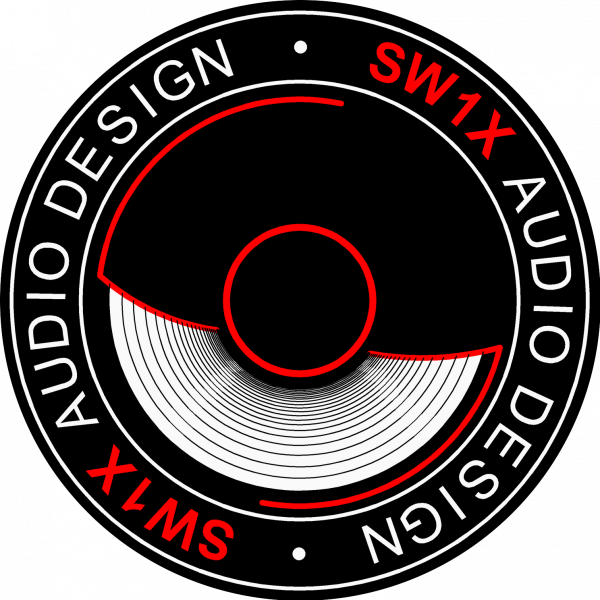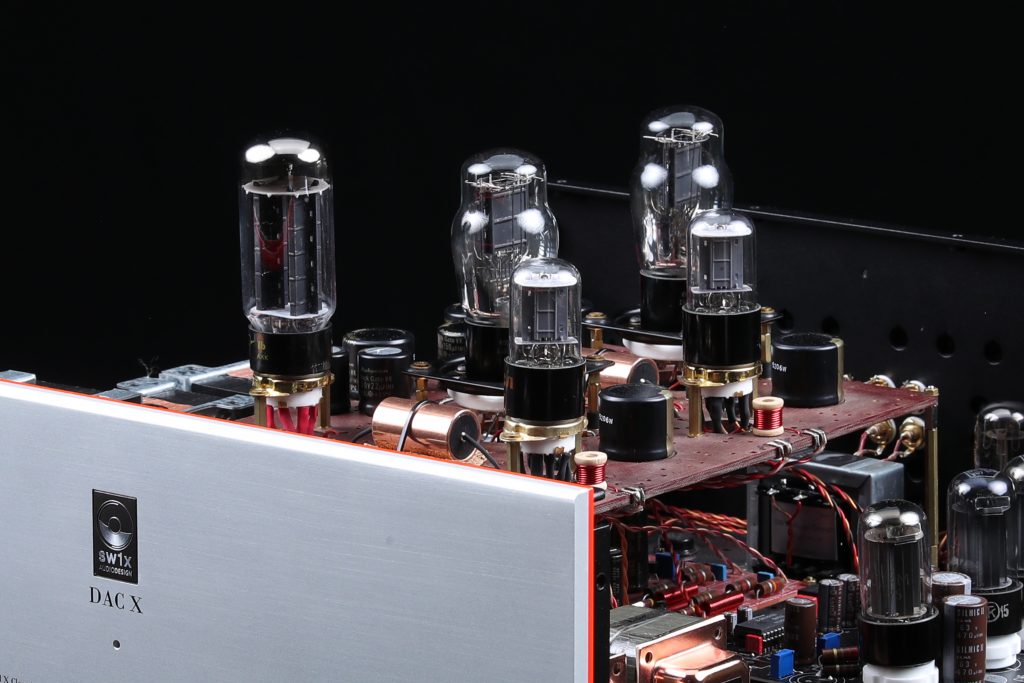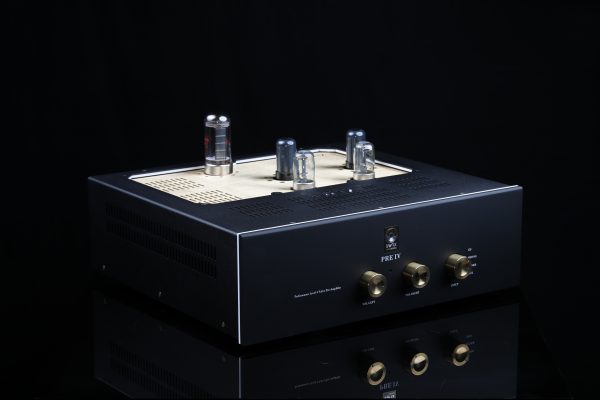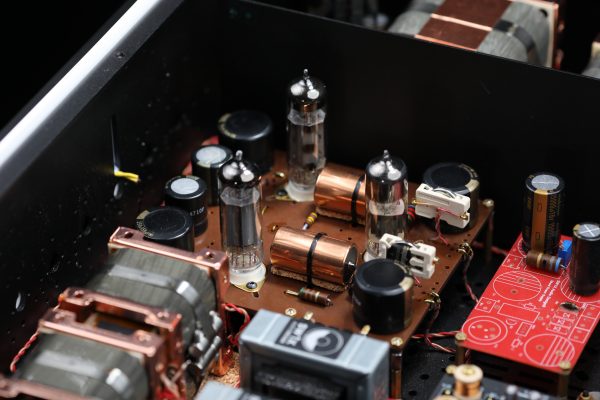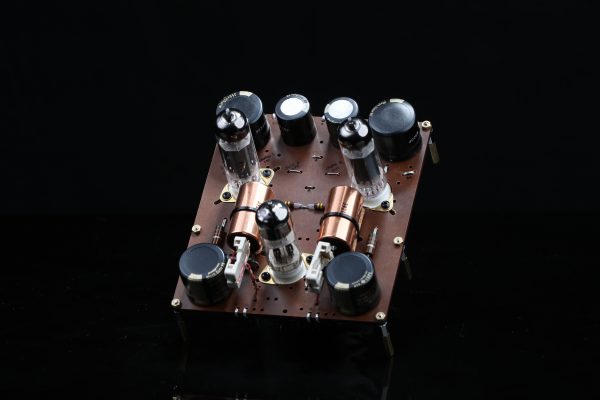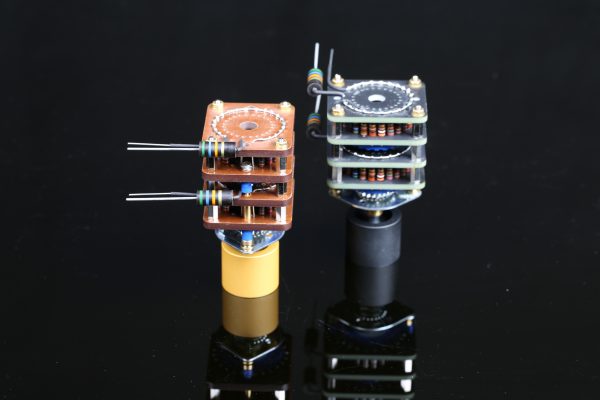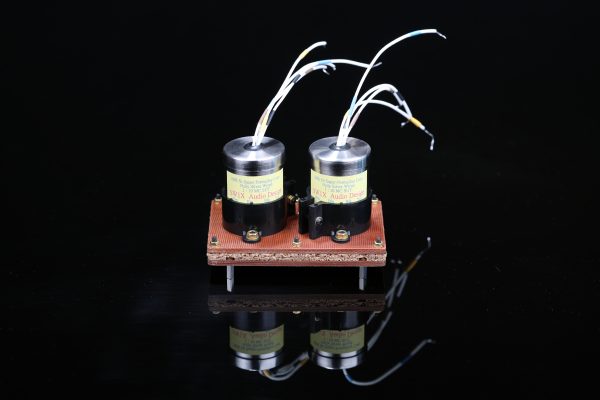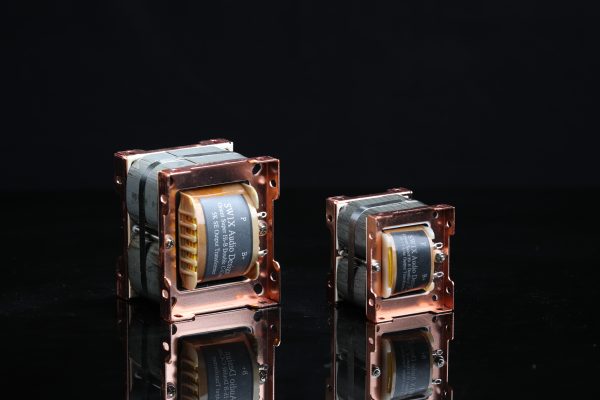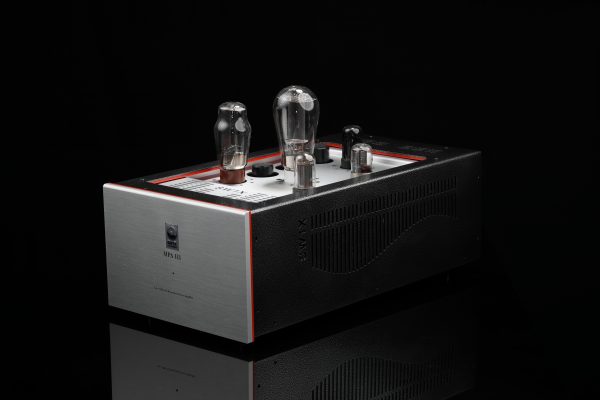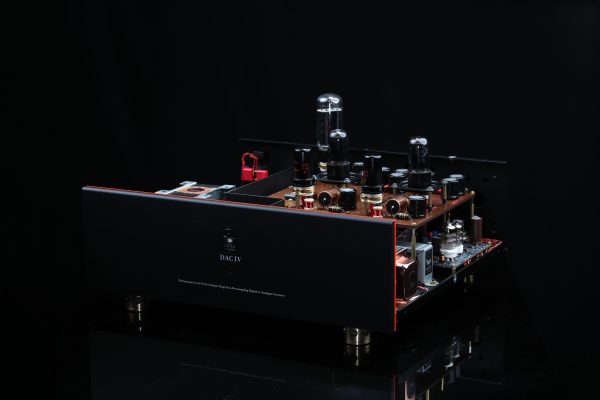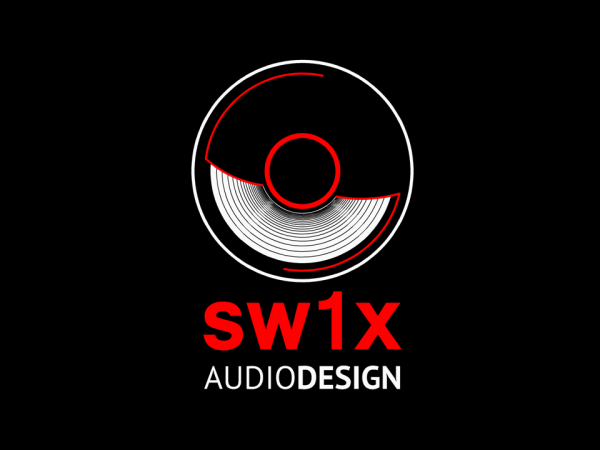Form follows Function- The Essence of a Functional Design
With a few exceptions most products offered on the market are designed to look great yet not designed to reproduce music. Most brands in the hi-fi industry are chasing the latest features, specs, numbers and furniture designer looks. We on the other hand are less concerned by all that. We foremost design our products to be functional- the quality of music reproduction being the main function & feature, which is timeless. Our objective is to produce audio equipment, which must be able to reproduce musical information as intended by the musicians, similar to a universal musical instrument. Our approach to audio engineering is the result of end-less experiments and testing. In a nutshell, we implement following ideas:
All products at SW1X Audio Design follow the concept of a Functional Design, in order to maximise the performance of components and to push the boundaries in the realm of sound reproduction. In a Functional Design, form always follows the function and the main function of our designs is to reproduce recorded music at its highest potential. Everything else follows that. Any aspect or feature that does not add value to the performance of the main function is simply not part of our designs.
There are no unimportant or negligible aspects in audio- everything matters when it comes to maximum sound quality. Maximising the quality of sound of an audio system is a cumulative process. The improvement in one part of a system may seem to be negligible but as a sum of all parts, it becomes more than significant. In order to be able to extract most of the musical information the quality of materials and components matters as much as the recording and the circuit topology themselves. Any serious musician will confirm how much materials matter and how they affect the sound they put their soul into. If the material quality is an important aspect for musicians, why should it not matter when it comes to reproducing music?
Every material and component have their own distinct sound character. Understanding how materials & components and their interactive behaviour affect the sound is an essential aspect of the overall knowledge necessary to create musical sounding audio products. Believe it or not, studying materials & components is just as important as understanding circuit topology. Despite this, remarkably few audio companies research exotic, vintage & sophisticated passive components such as Black Gate capacitors, non-magnetic resistors, silver & vintage copper wires or other esoteric and therefore by necessity expensive components and parts. In contrast, we are spending incalculable numbers of hours critical listening every product we make, to ensure that it maximises its performance to price level best possible.
The SW1X Audio Design™ philosophy of a Functional Design is based on 3 complementary principles: 1. Elegance of Circuit Design, 2. Quality of Materials & Components and 3. Degree of Harmonic Matching. In order to achieve maximum sound quality of music we adhere to the following:
There are no perfect components, parts or materials! Therefore, the sound of a recording cannot be improved but only degraded by the quantity and quality of components. Hence the only best possible performance can be achieved when fewer and only highest quality components & materials are employed. One can focus on the choice of materials & components, only when the whole circuit becomes elegant and simple. Discriminating between good and bad parts becomes easier when there are only a few parts in the circuit. At SW1X Audio Design™, the circuit design remains very similar at all performance levels. The musical performance at each price level is defined by the quality of the components & materials, the sophistication of the power supply circuit and the harmonic balance thereof!
The best possible playback of digital is only an approximation of analogue playback. Digital playback, therefore, is not meant to sound “digital”. There has been a flaw in thinking that has led to vast majority to accept the shortcomings of “digital” by neglecting the importance of materials, which are equally as important as anywhere else in audio equipment. One therefore accepted that the sound of digital format is a compromise, which may be true for the format but should not be for the sound. There is no need to go into X-times oversampling, dithering and noise shaping as those clever data manipulations do not add any value to musicality but quite on contrary contribute to deadening of recorded music. Reproducing music is not an easy task as music recordings are all recorded differently and contain a lot of hidden information that actually makes music sound emotionally moving.
When it comes to circuit design, we are proponents of elegance of simplicity rather than sheer simplicity. While “less is more” attitude is a good starting point in engineering a circuit and in most cases is better than over engineered “unnecessary complexity”. More simplicity, however, is not necessary better as sheer simplicity comes with a common problem of impedance mismatch. It must be addressed in all circuit designs otherwise simplicity is counter-productive and becomes as detrimental as over-engineering. Moreover, with elegant simplicity approach quality of materials becomes a crucial factor as everything makes a difference.
For example, all our DACs are NOS (non oversampling or without digital filtering of any kind) by design and look like this:
Input > Current out R2R DAC > I/U conversion > Single Ended, Class A, Zero NFB Valve Output Stage – that is it!
Employing the finest materials & components in an elegantly simple circuit design is not the ultimate end. Yet combining components & materials in a circuit in a harmonic (complementary or synergising) way is an art and ultimately the key to a great sound. Therefore, we adhere to the harmonic matching principle. Harmonic matching is the outcome of careful voicing, listening to all parts separately as well as combined together. It is a fallacy to believe that by employing excellent sounding, exotic components & materials into an elegantly engineered circuit is automatically going to make the product sound at its best. In practice, one may end up with mediocre sound even with finest materials & components in a elegant circuit design because the finest components & materials are still far from being perfect. Consequently, combining components & materials in harmonic way is as equally important as the circuit design and the choice of materials & components. Therefore, when we design and assemble a SW1X product nothing is really left to chance. Nothing was put randomly into the circuit as every passive component was voiced separately and underwent voicing in the final circuit before a product is assembled and delivered to a customer. After all it is the sound of a complete product not just for the sum of its parts.
Last but not least, we are not proponents of dogma and do not subscribe to either view whether newer technology is better than vintage or vice versa. It happens that our roots lie in the older and forgotten technology, which we prefer to adapt to the modern environment. We firmly believe that there is no point in chasing any modern technology as most of know how and technology that enables superior reproduction of music has been available for a long time. It is pointless to consider ourselves as inventors because the music reproduction know how has been carried like a torch and passed on from masters such as Ernst von Siemens, Susumu Sakuma, Hiroyasu Kondo, Anatoly Markovic Likhnitsky and many more, who spent their life experimenting with audio. We, therefore, consider ourselves as students who are left to apply the established technology to its right application and to experiment with the materials, which will bring us closer to the recorded event. We make use of the established technology such as valves, vinyl and field coil speakers not because we are vintage freaks but because it provides the best possible results in the music reproduction applications.
We are convinced that an elegantly engineered circuit only performs at its best if it is made of finest materials and components and vice versa. It is just like cocking a delicious dish: a special recipe made with the finest ingredients and with lot of experimentation & research by SW1X Audio Design™ team in order to develop maximum flavor. All what is left is to feed the SW1X Audio equipment with a recording and enjoy your music.
After all, “music by its very nature is an analogue signal borne from mechanical vibration, whether it is the vocal cord of a vocalist, string of a guitar or the skin of a drum. It is a time continuum from start to end which when broken is irreparably damaged and no amount of clever manipulation of the circuit design can restore it to its original time / frequency / amplitude duration relationship”, regardless what the prevailing dogma is.
Dr. Slawa (SW1X) Roschkow, 10.2015
DACs made by SW1X: The speciality of making great sounding designs
